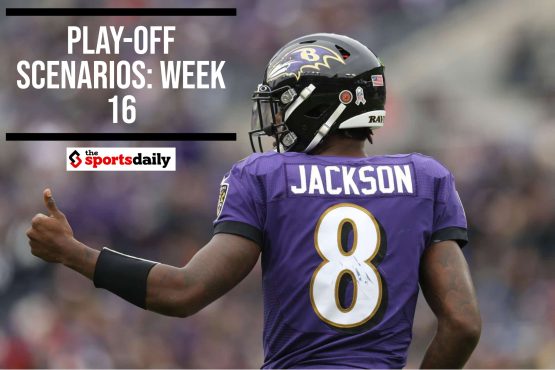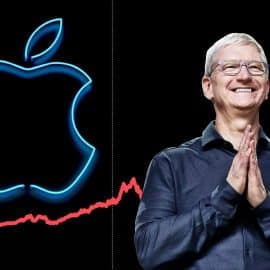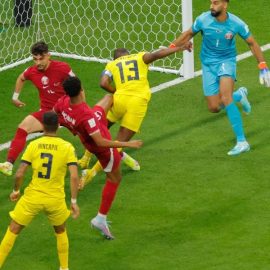The NCAA launched the transfer portal at the beginning of October 2018, changing the rules for transfer eligibility forever.
For those who missed it, every player is given the option to register themselves as being eligible for and possibly requesting a transfer using the portal.
It should also be noted that registration does not then mean the player must then undergo a transfer, it just allows the player the opportunity to register their potential interest.
On top of this, there is no need to request permission from the current school if the transfer is to take place.
What makes this exciting, is the public nature of signing someone up on the portal. This then allows a recruiting period for the registered player who can then be reached out to by all schools. basketballiscool
Let’s break it down. There are multiple types of transfers for players.
The first being that some players may not have completed their degree at the school they are at and are simply just looking to change environment. However, these players are required to sit out for one year before they begin playing at their new location.
The second type, which is what we most people are interested in, is centered around players that have graduated and yet retain their eligibility. These players will be available to play at their new school immediately and typically occurs when a player graduates in three years (they have a year of athletic eligibility left).
There are also rare instances where players who have not graduated may be allowed to play immediately. These players will be ones who have never recruited and have not signed a National Letter of Intent.
That’s the new system and portal, but let’s get down to the most important question
Is the current system of immediately-eligible graduate transfers beneficial for college basketball?
The players that have frequently been receiving the most attention over the summer will have likely never played a college game. The recruiting process is now played out in public and becomes the start of the off-season show.
It makes it very easy for fans to build quick relationships with the young stars and will know that they will likely only be around for a year, which essentially increases their appreciation. This will also apply to the players who have graduated a year early and have completed their academic commitments and are free to focus on playing.
The goal of the change is to make the decision entirely up to the player, they get to decide if they wish to leave after graduation. Once the call has been made, then all schools are able to compete on a level playing field.
We all know, increased transparency is a good thing for the NCAA.
Comparing the graduate transfers to the “one-and-done” freshman is not an entirely accurate comparison. There is a minute percentage of recruits that come out of high school that may complete one season and then immediately apply for the NBA. The majority of players that may initially believe they will make the transition after just a single year realise that it is not and may never happen for them.
For College Basketball followers there is a large difference between a potential four years and a guaranteed one year, it is simply a different relationship between the fans and players.
This is, unfortunately, part of the process and system that creates a public ranking and recruiting competition, as it is not to belittle those who leave their school before completing their eligibility there. Every individual player should be allowed to reach out to the different schools for contact if they consider transferring.
For many, the recruitment cycle is essentially just a means of rating one thing against another, as graduate students are academically accomplished individuals and should not be treated like school children.
Is the transfer portal beneficial to those who wish to change schools? Does it negatively impact some colleges and unrightfully benefit others? Ultimately, it’s up for you to decide that.
Add The Sports Daily to your Google News Feed!







